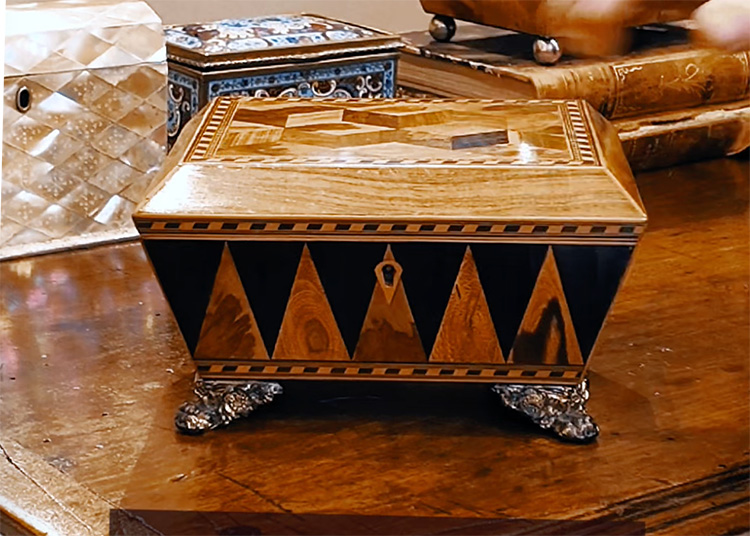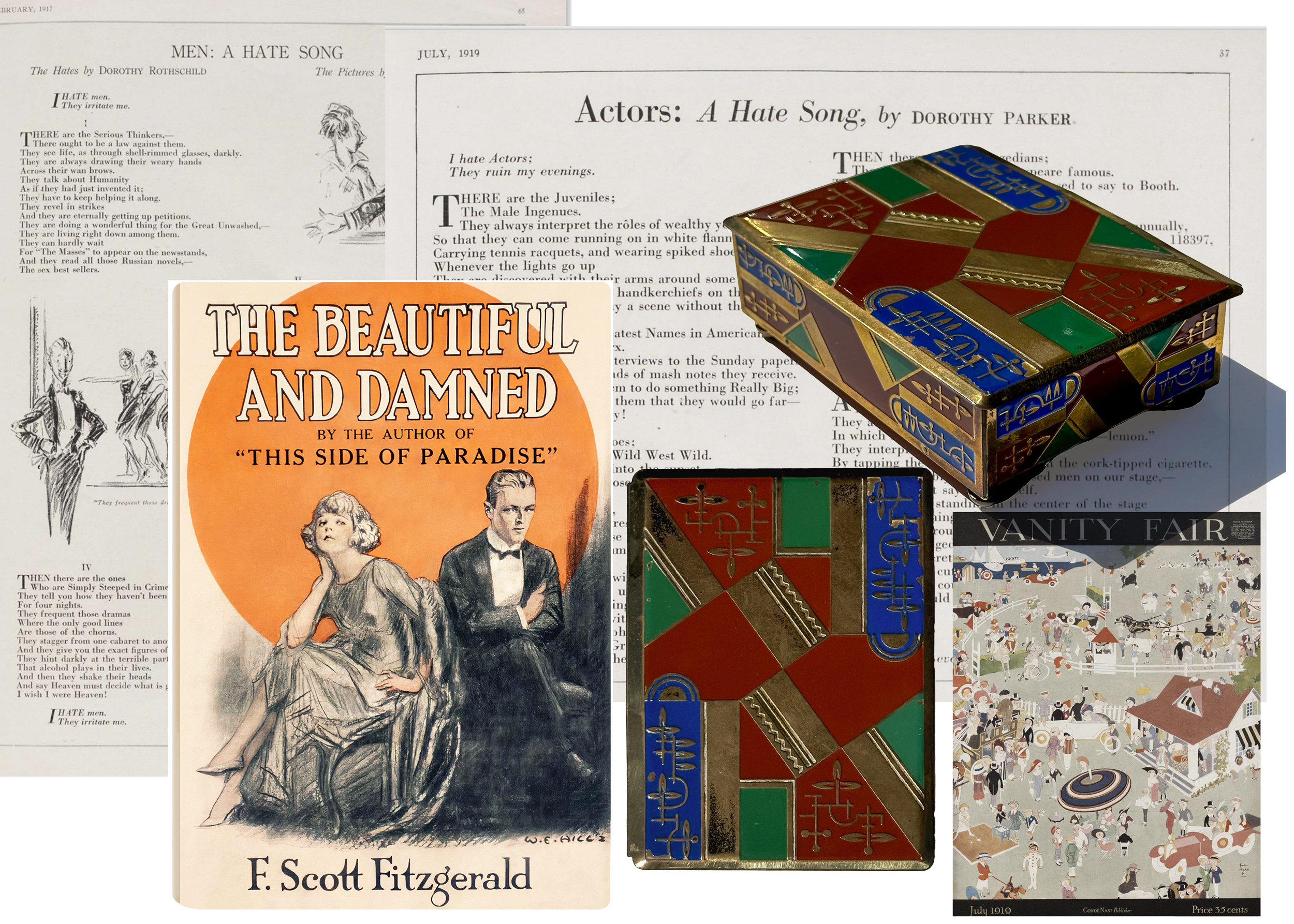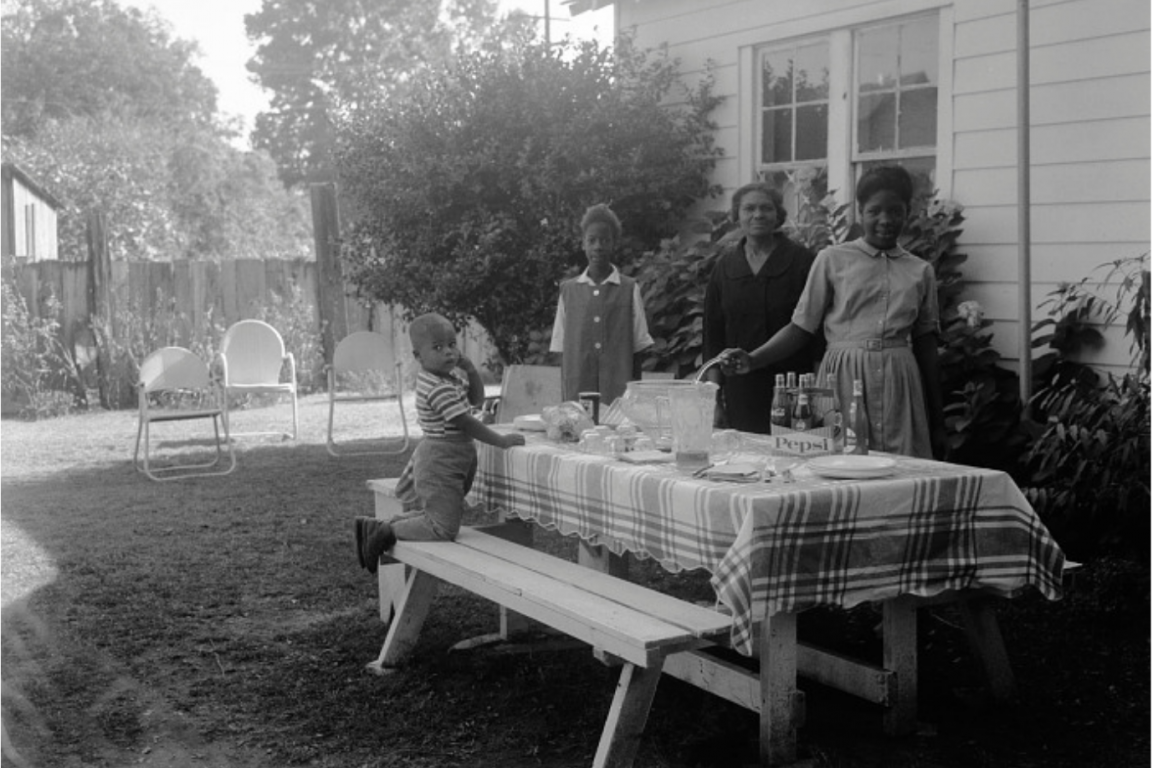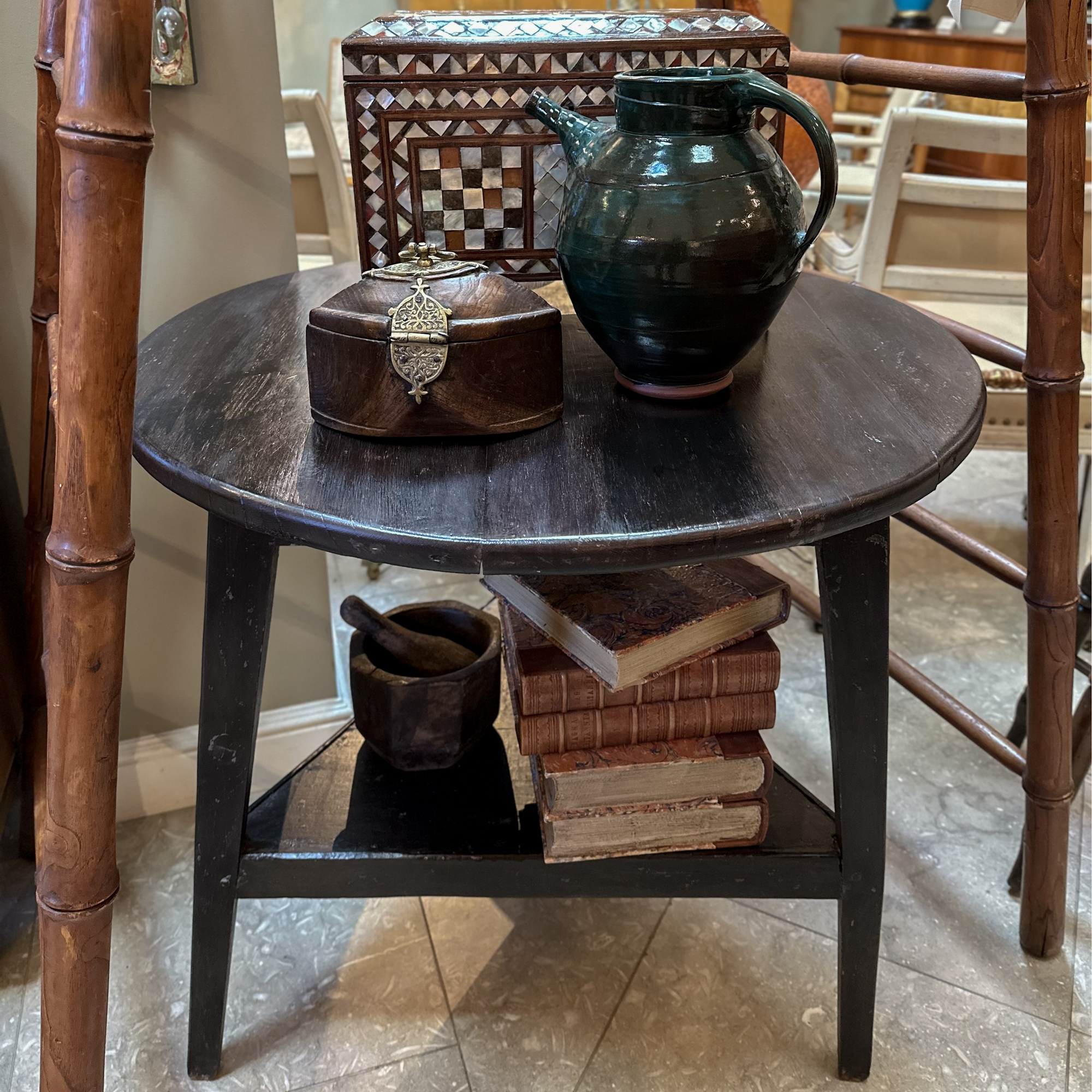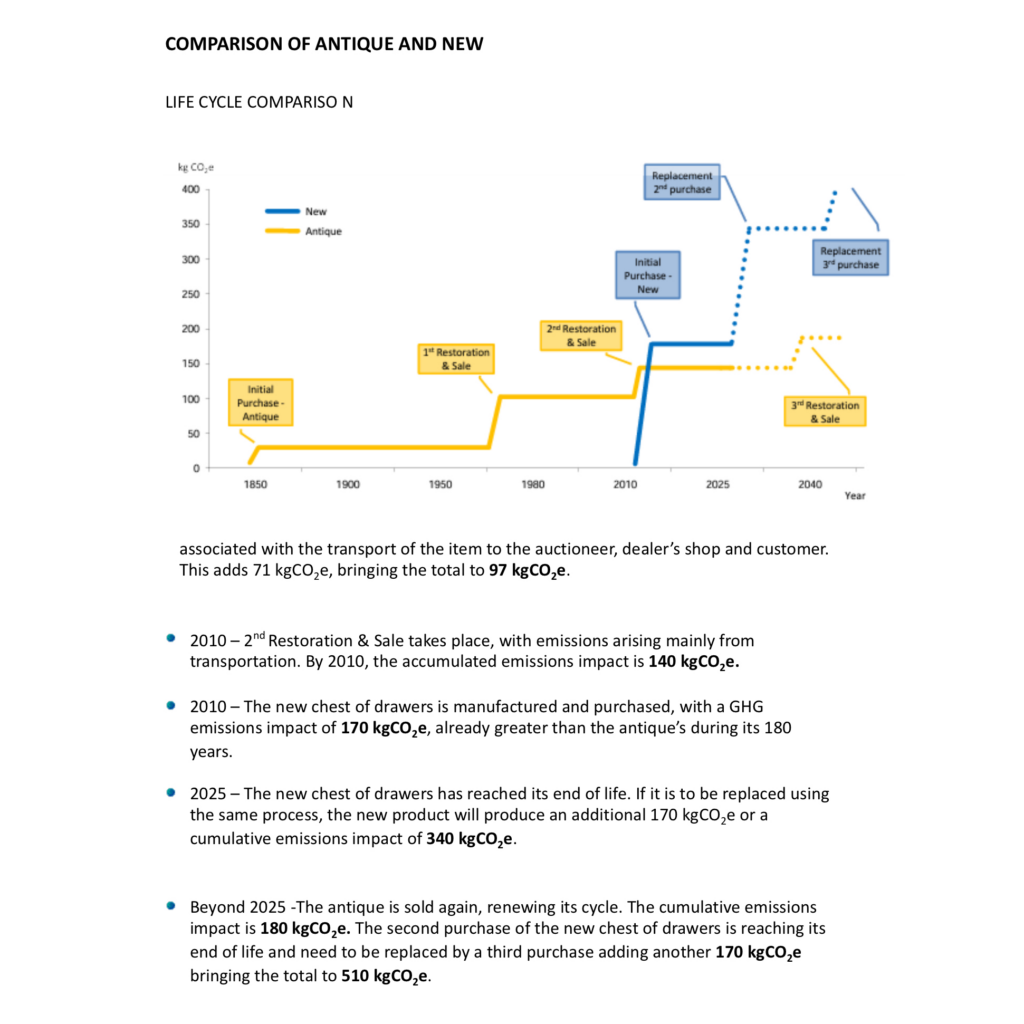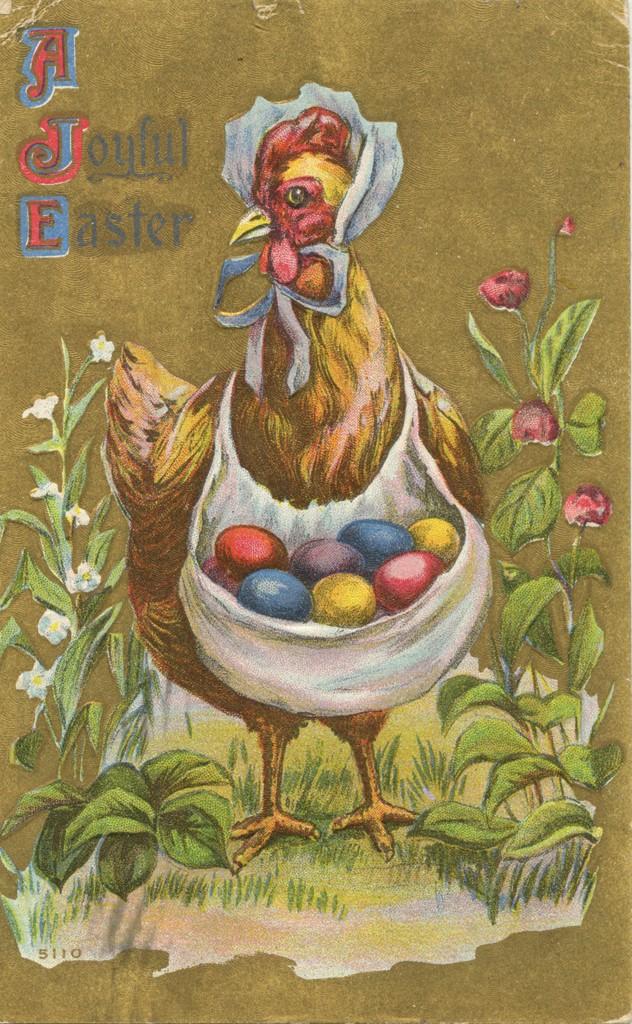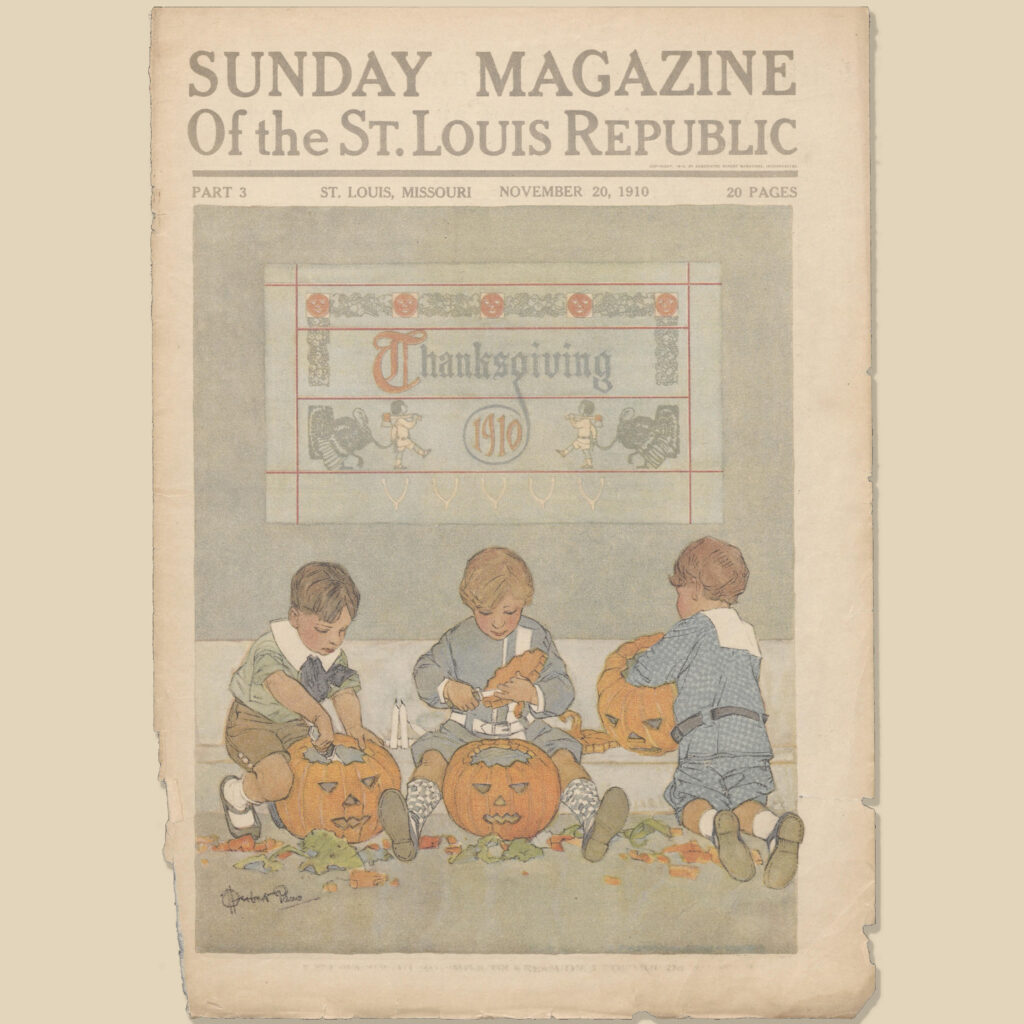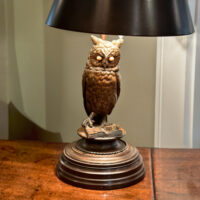Victorian Library Secrets: When Book Titles Tell Tales
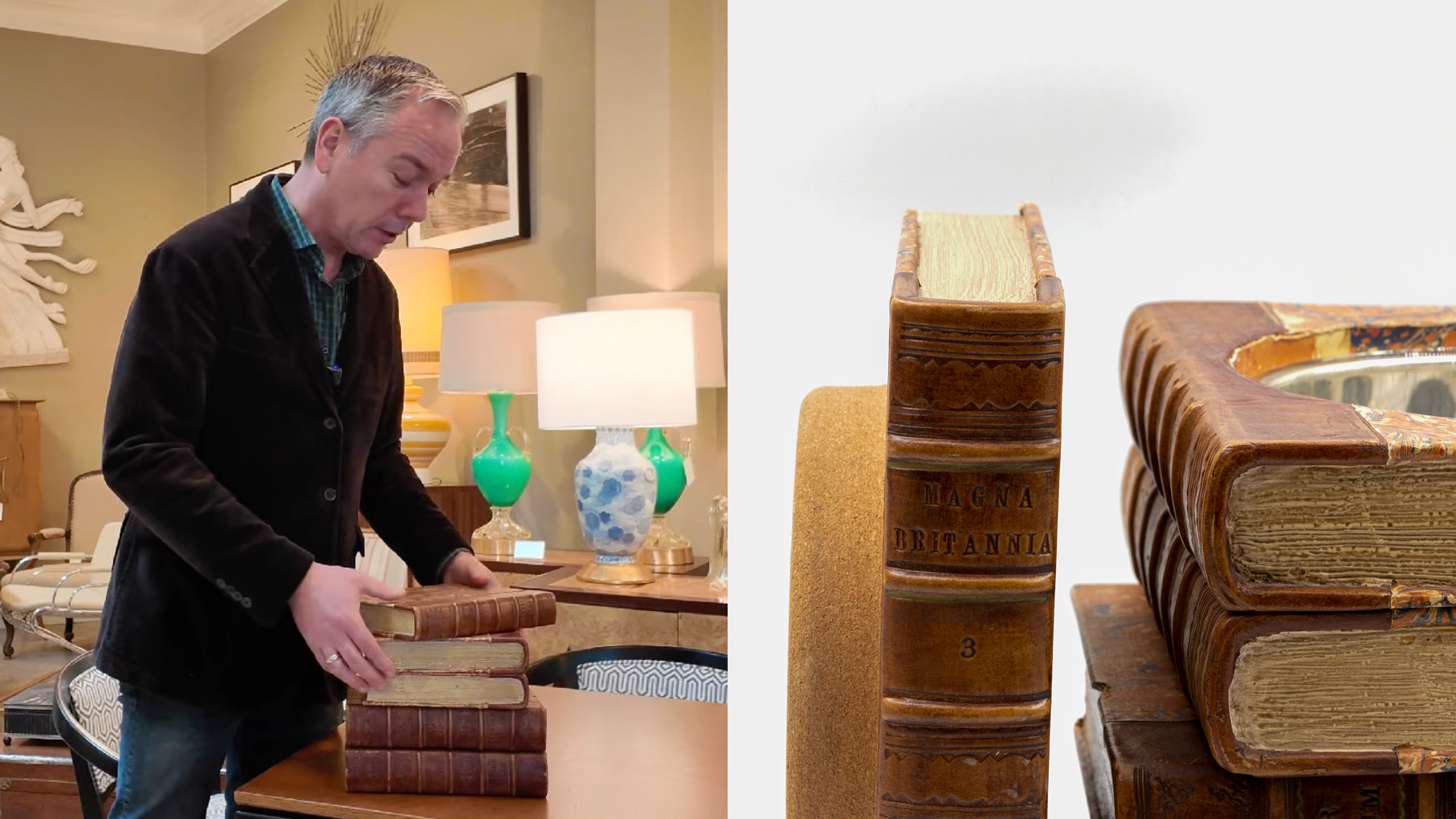
The Victorian era (1837-1901) is often associated with strict moral codes and proper social behavior. However, this Late Victorian book stack wine cooler (c.1880) tells a different story—one of clever concealment and sophisticated wit.
As Garden Court Antiques’ Jim Gallagher explains: “A lot of these things you’d find in an English library. They get referred to as ‘hidden vices.’ In the Victorian era, everybody still liked to drink and smoke and play a little poker, but you sort of hide it a little bit.”
The deception extends beyond mere appearance. The chosen titles reveal the Victorian love of educated humor: three volumes of “Magna Britannia”—a legitimate and respected historical series documenting British counties—are joined by two volumes of “Liber Gelarum.” This latter title is a scholarly-sounding Latin pun: “gelare” means “to freeze” or “to chill,” making it quite literally the “Book of Chilling”—a subtle joke about its true purpose as a wine cooler.
Such intellectual playfulness was characteristic of Victorian novelty items, where the joy came not just from the concealment but from the clever details that rewarded those in the know. The craftsmanship matches this wit—convincingly tooled spines, careful aging of the leather bindings, and a perfectly fitted mercury glass insert demonstrate the marriage of function and sophisticated humor.
Details: Late Victorian Book Stack Concealed Wine Cooler, English, Circa 1880
Five book stack concealed wine cooler; three volumes of “Magna Britannia” and two of “Liber Gelarum” the top volume revealing a glass cooler/ice bucket insert; Late Victorian period.
height: 10 in. (25.5 cm.)
width: 10 in. (25.5 cm.)
depth: 10 in. (25.5 cm.)
Ref: JG-293
^jh

